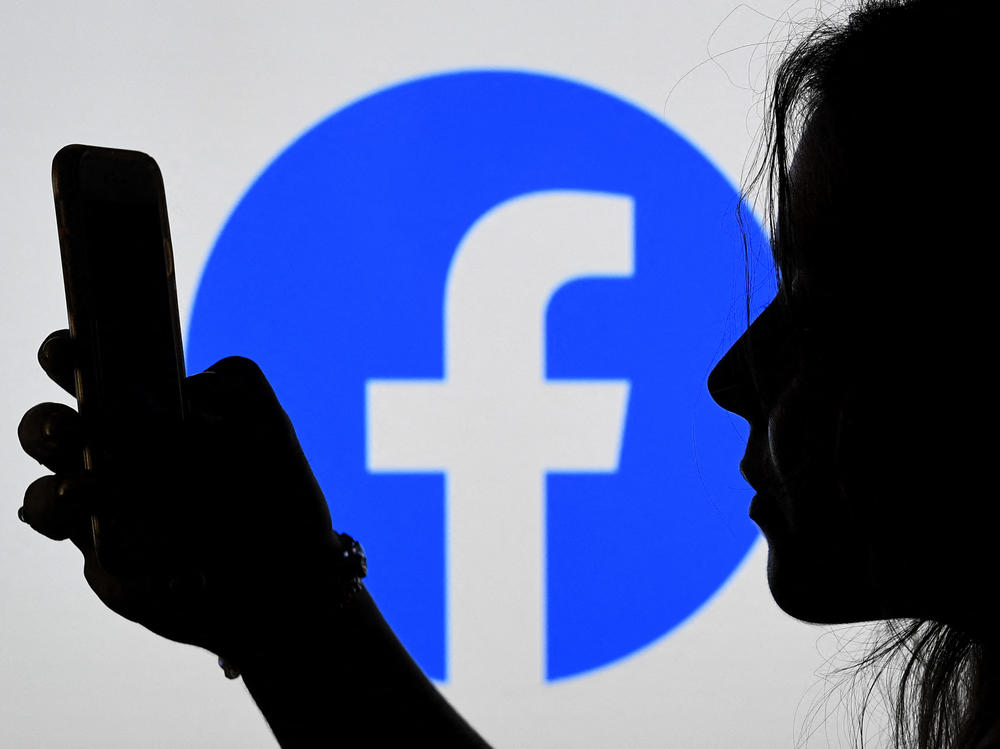Section Branding
Header Content
Facebook Reveals Most Viewed Posts To Rebut Claims It's Rife With Disinformation
Primary Content
What do people see most on Facebook? Recipes, cute cat GIFs or highly charged political partisanship?
That question has been hard to answer, because the social network keeps a tight lid on so much of its data.
Now, Facebook is for the first time making public some information on what content gets the most views every quarter as the company pushes back against claims its platform is dominated by inflammatory, highly partisan and even misleading posts.
Facebook's new report on widely viewed content ranked the top 20 public posts, pages, links and domains that are seen by the most U.S. Facebook users in their news feeds on the social network.
Among the top 5 most viewed links on Facebook from April to June were a Green Bay Packers player alumni site, a website selling CBD products and another selling Christian T-shirts under the label "Reppn for Christ." They each were viewed by more than 51 million Facebook users.
The top 5 most-viewed domains people shared links to were all well-known: YouTube topped the list with 181.3 million views, followed by Amazon, UNICEF, GoFundMe and Twitter.
UNICEF, which Facebook has been boosting as part of its efforts to amplify authoritative COVID-19 information, also topped the list of Facebook pages by views with 153.2 million, followed by a recipe page called Kitchen Fun With My 3 Sons and publishers Sassy Media, The Dodo and the British LADBible.
The five most-viewed posts were dominated by photos and videos, led by a word search meme originally posted last year that more than 80 million Facebook users saw during the quarter. Another popular post challenged people over 30 to post pictures showing "I'm old but I look young," while a third asked: "Please settle this debate does sugar go in spaghetti."
However, the new metrics fell short of the real-time data on the reach of posts that researchers, journalists and critics of the company said is essential to track the spread of misinformation and political partisanship on the world's biggest social network.
The other public data the company makes available is how much engagement public posts, pages and accounts get — in the form of likes, shares, comments and other reactions.
While that data doesn't show how widely a post reaches, it does indicate which posts are spurring people to interact with them. And as journalists and researchers have dug into the data, they have found most of the content that gets the most engagement comes from right-wing sources such as Ben Shapiro, Sean Hannity and Dan Bongino — a narrative Facebook has pushed back against.
"There's a few gaps in the data that's been used to date, and the narrative that has emerged is quite simply wrong," Guy Rosen, Facebook's vice president of integrity, said on a call with reporters Wednesday. "We are creating a report that provides a broad view."
According to Facebook's new report, even the most viewed content accounts for a tiny proportion of what people see in their news feeds — less than a 10th of a percent of all the content viewed — because those feeds are so personalized. Fifty-seven percent of posts people see come from their friends or family, and 87% don't contain links.
As Facebook sees it, looking at what content gets the most views is a more accurate representation of what people encounter when they log into the social network and scroll through posts from friends, family and other accounts they follow.
"The content that does get the most engagement isn't necessarily the content that people most see," said Anna Stepanov, Facebook director of product management.
She added that Facebook is not trying to compare the value of a view against the value of engagement on posts, but instead "represent the actual experiences people have. So it is what people are seeing as they engage with and use news feed and the app."
The new report, which Facebook said it will update every quarter, has limitations. It only tracks public posts — those that are viewable by anyone on Facebook — not what users posted privately to their friends or in private groups. While it includes content that Facebook recommends in people's news feeds, such as posts it thinks users may be interested in, it does not include ads.
For now, Facebook is only releasing data on content seen by U.S. Facebook users, although Stepanov said the company plans to expand to other languages and other types of content.
The social network is coming under increasing pressure to be more transparent about what people see on its platform. Last week critics blasted its decision to block a team of New York University researchers studying political ads and COVID-19 misinformation from accessing the platform, for what Facebook said were violations of its privacy policy.
Editor's note: Facebook is among NPR's financial supporters.
Copyright 2021 NPR. To see more, visit https://www.npr.org.

